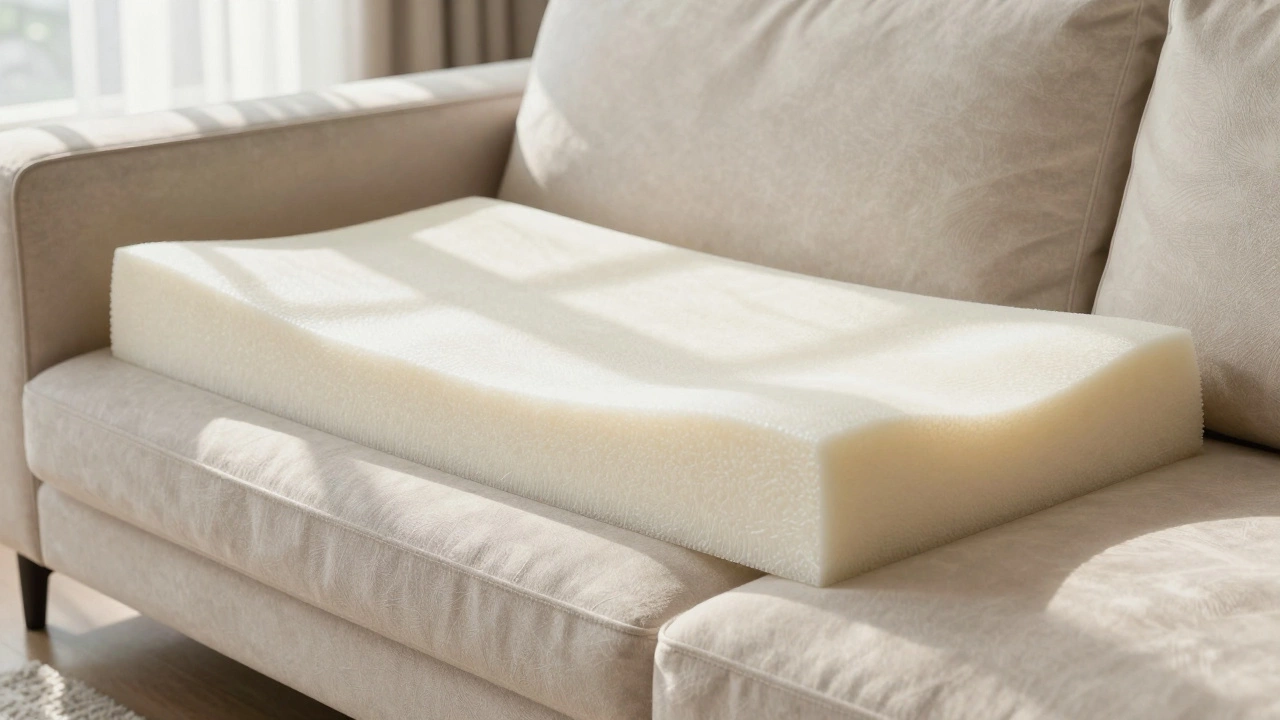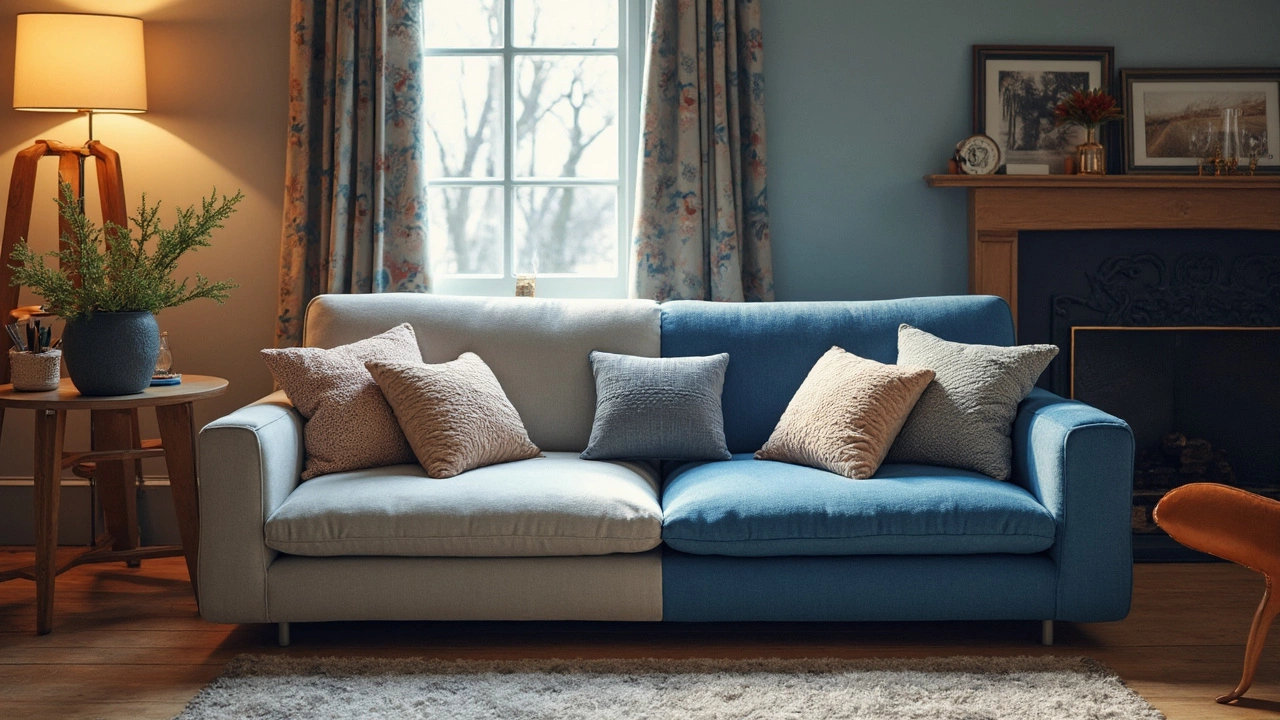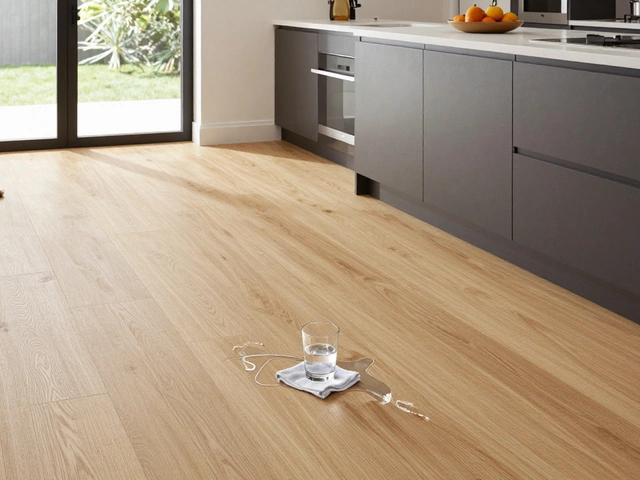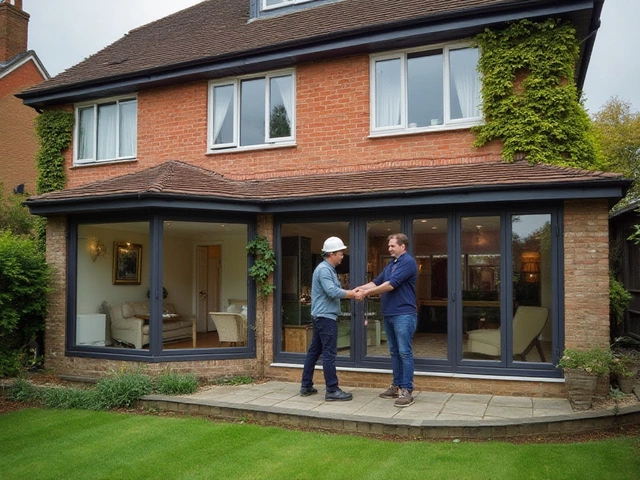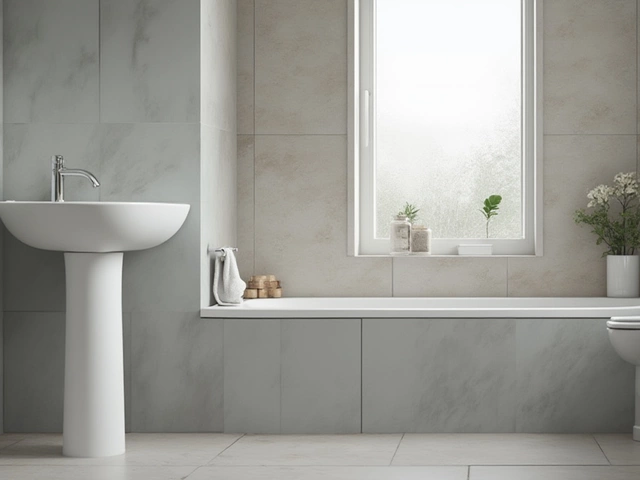Foam Density Explained: What It Means for Your Sofa Comfort
When you sit on a couch, the first thing you feel is the foam. But not all foam is created equal. The key factor is foam density – the weight of the foam in kilograms per cubic metre (kg/m³). Higher density means more material packed into the same space, which usually translates to better support and a longer lifespan.
Most Australian retailers list density on the label, but the numbers can be confusing. A low‑density foam might be around 15‑20 kg/m³, while a high‑density comfort core can reach 35‑40 kg/m³ or more. Think of density like the weight of a brick versus a sponge; the heavier the brick, the sturdier it is.
How Density Affects Comfort
Low‑density foam is soft and bounces back quickly, making it feel plush at first. It’s great for occasional seating or decorative chairs you don’t use every day. However, it compresses fast under weight, so after a few months it can feel flat and lose shape.
High‑density foam offers firmer support and holds its shape longer. It distributes weight evenly, reducing pressure points on your back and hips. If you have kids, pets, or just sit for long TV marathons, a higher density cushion will stay comfortable longer.
Choosing the Right Density for Your Home
Start by deciding how often the piece will be used. For a primary sofa, aim for at least 30 kg/m³. For a guest chair, 18‑22 kg/m³ is usually enough. Also consider the type of foam: high‑resilience (HR) foam provides a good balance of softness and bounce, while memory foam conforms to your body but may feel too soft if the density is low.
Price follows density, but you don’t have to break the bank. Many Aussie suppliers bundle a medium‑density foam core (around 25 kg/m³) with a softer top layer for a comfortable yet affordable solution. Look for a rating that lists both the core and the surface layer.
When you replace couch cushion foam yourself, matching the original density is the easiest way to keep the sofa’s feel. Measure the existing foam’s thickness and weight, then ask the retailer for the kg/m³ rating. If you can’t find the exact number, bring a small sample to a local upholstery shop – they can test it for you.
DIY replacement isn’t hard. Cut the new foam to the exact dimensions of the old piece, use a sharp utility knife, and slide it into the cushion cover. A high‑density core may feel heavier, so enlist a friend if the piece is large.
Finally, remember that foam isn’t the only factor. The fabric, cushion construction, and even the frame all play a role in overall comfort. Still, choosing the right foam density gives you the biggest boost in durability and support for your money.
So next time you shop for a sofa or think about re‑foaming an old cushion, check the density label. Pick a density that matches the use‑case, and you’ll enjoy a seat that stays comfy for years rather than months.

